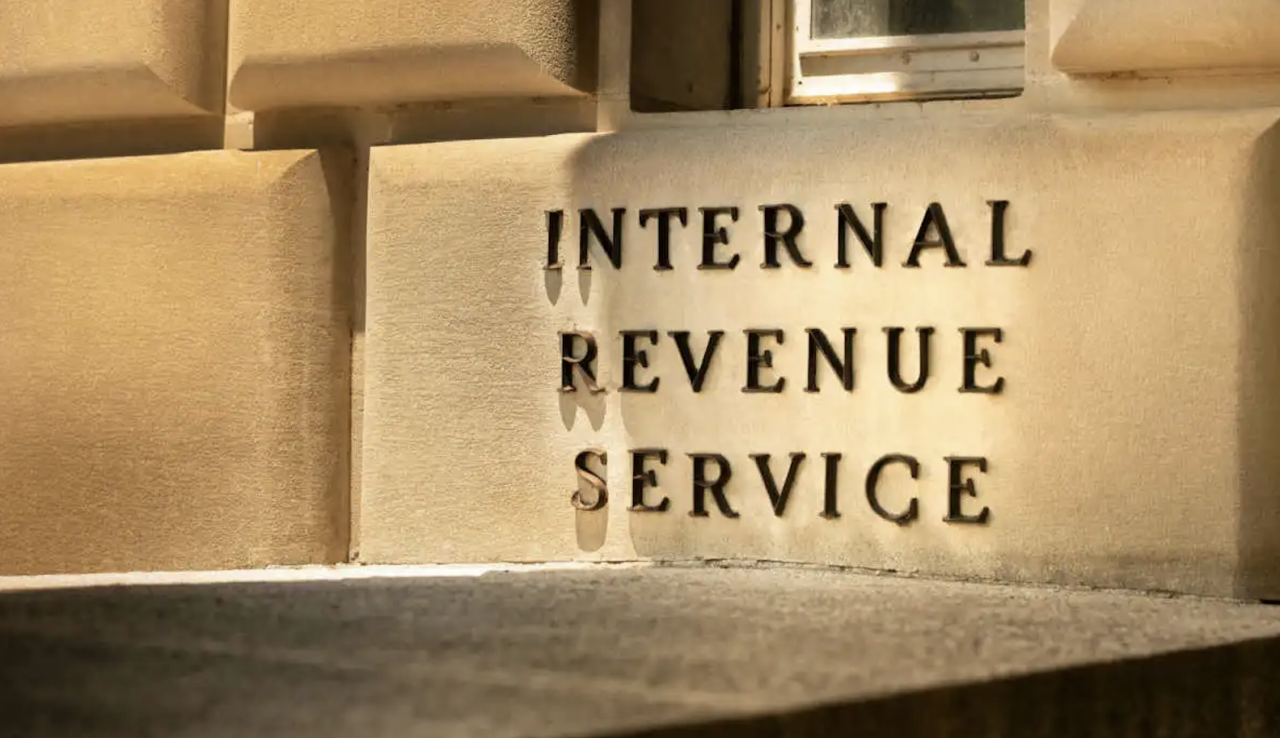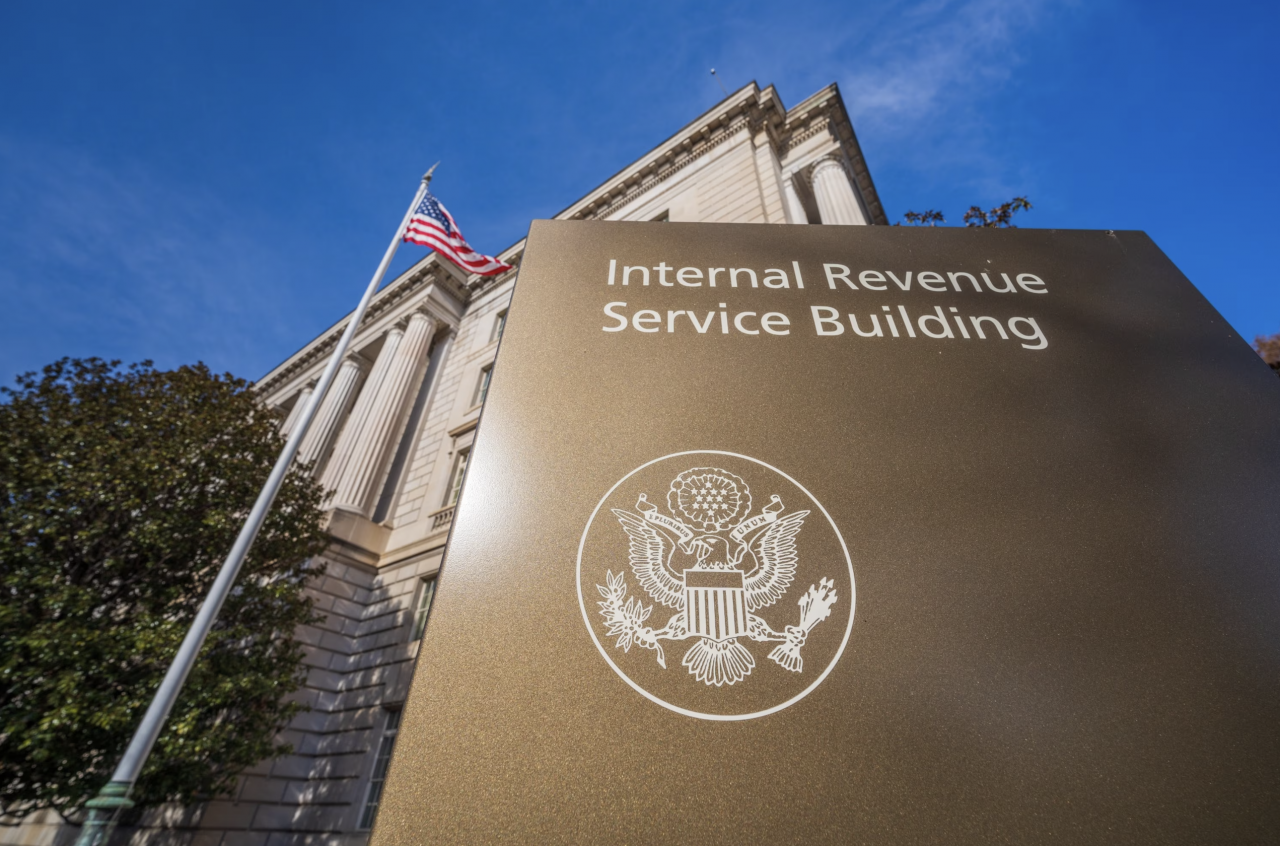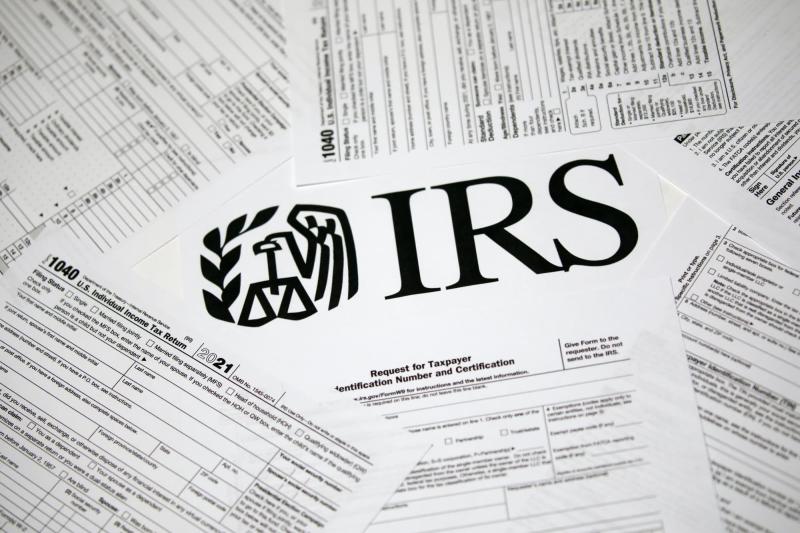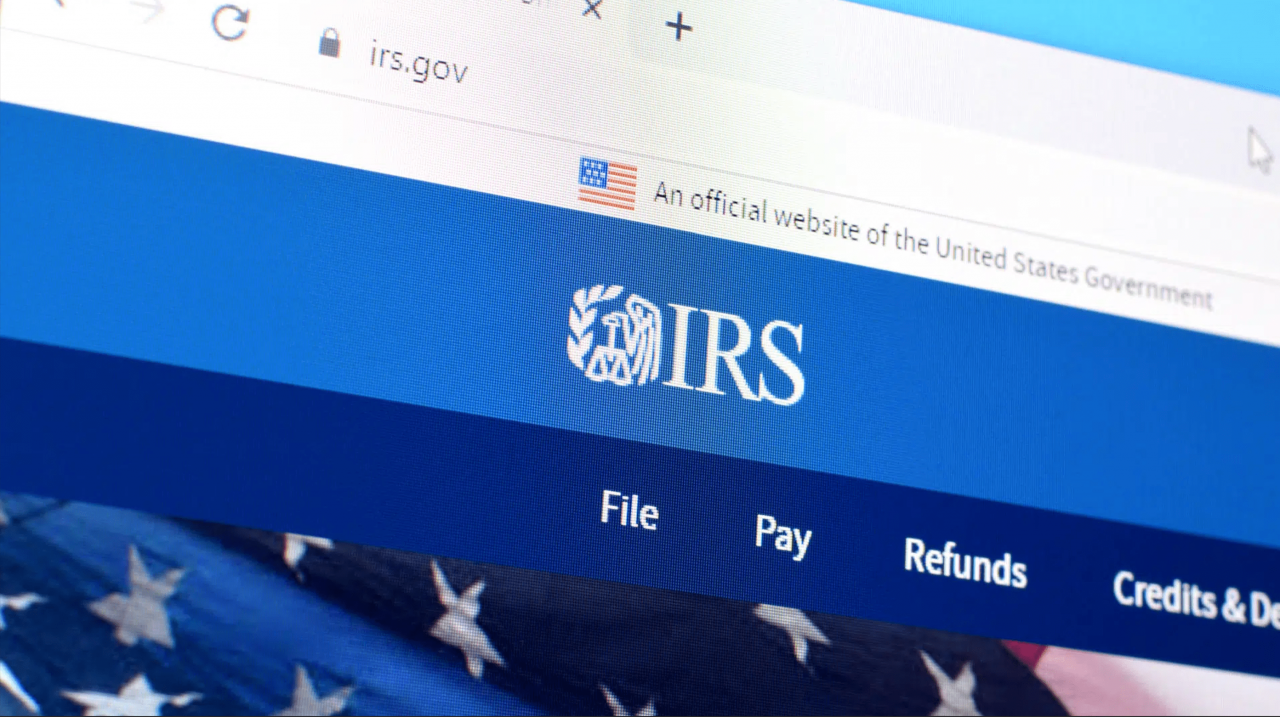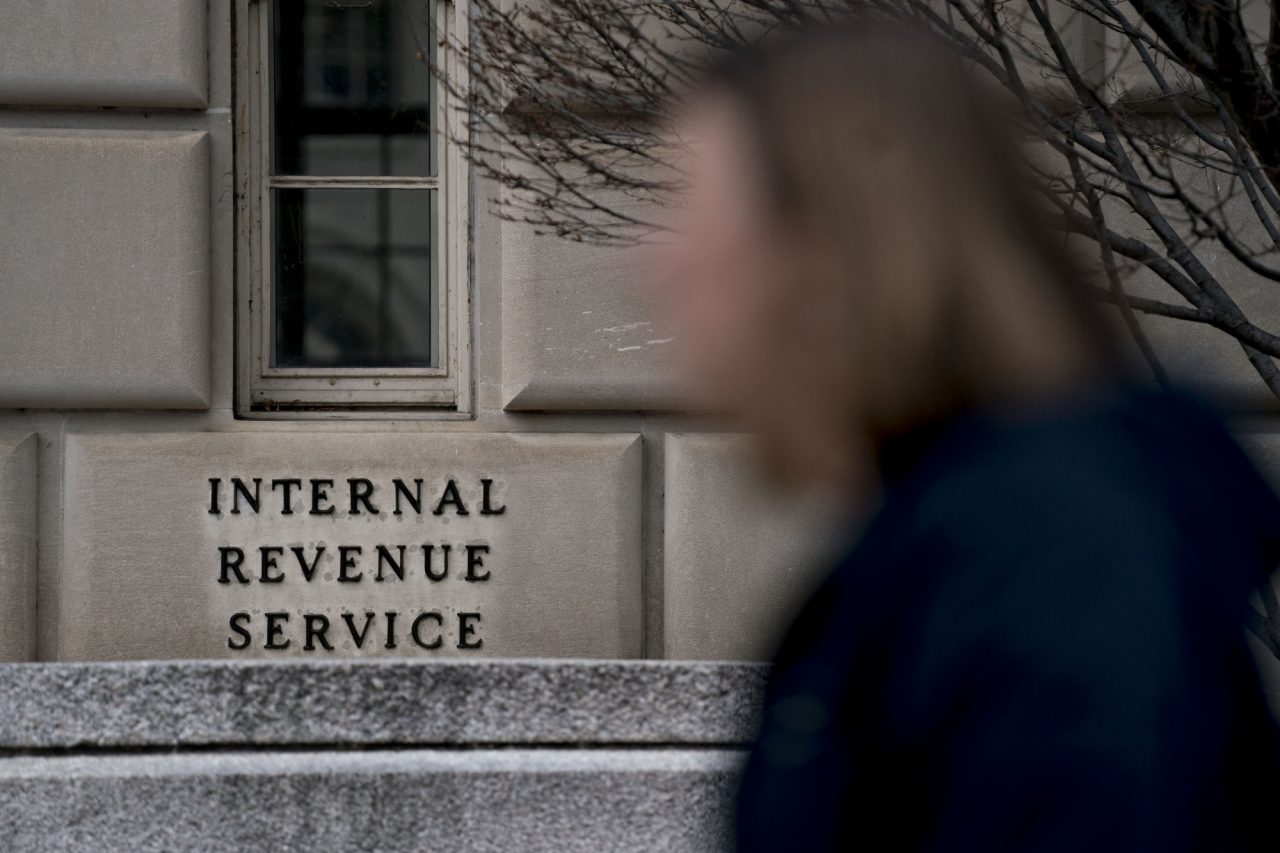The U.S. Department of the Treasury and the Internal Revenue Service today issued final regulationsrequiring custodial brokers to report sales and exchanges of digital assets, including cryptocurrency. These reporting requirements will help taxpayers to file accurate tax returns with respect to digital asset transactions, which are already subject to tax under current law.
These final regulations reflect consideration of more than 44,000 public comments received last fall on the proposed regulations. They require brokers to report certain sale and exchange transactions that take place beginning in calendar year 2025 and will be reported on the soon-to-be released Form 1099-DA. The regulations implement reporting requirements by the Infrastructure Investment and Jobs Act, enacted in 2021.
“We reviewed thousands of public comments and believe this new guidance addresses those concerns while striking a balance between industry implementation challenges and closing the tax gap related to digital assets,” said IRS Commissioner Danny Werfel. “These regulations are an important part of the larger effort on high-income individual tax compliance. We need to make sure digital assets are not used to hide taxable income, and these final regulations will improve detection of noncompliance in the high-risk space of digital assets. Our research and experience demonstrate that third-party reporting improves compliance. In addition, these regulations will provide taxpayers with much needed information, which will reduce burden and simplify the process of reporting their digital asset activity.”
“Our work to address potential non-compliance in digital currency is another reason why it is so critical to fully fund IRS operations,” Werfel added. “These new assets expand the complexity of our tax system, and the technology and personnel necessary for the IRS to keep pace with these changes is resource intensive. Ultimately, this IRS funding helps address emerging issues and creates significantly more savings than costs to the government’s bottom line.”
The final regulations require reporting by brokers who take possession of the digital assets being sold by their customers. These brokers include operators of custodial digital asset trading platforms, certain digital asset hosted wallet providers, digital asset kiosks, and certain processors of digital asset payments (PDAPs). The majority of digital asset transactions today occur using these brokers. By focusing first on this group, the IRS intends these regulations to cover the greatest number of taxpayers while allowing the IRS and U.S. Treasury Department more time to consider the nuances of transactions involving non-custodial and decentralized brokers.
The final regulations do not include reporting requirements for brokers that do not take possession of the digital assets being sold or exchanged. These brokers are commonly called decentralized or non-custodial brokers. The U.S. Treasury Department and the IRS intend to provide rules for these brokers in a different set of final regulations.
In addition to the broker reporting rules, the regulations provide rules for taxpayers to determine their basis, gain, and loss from digital asset transactions. The regulations also provide backup withholding rules.
The IRS is aware of the challenges that implementing new reporting requirements can pose, which is why the agency is also providing transitional and penalty relief from reporting and backup withholding rules on certain transactions to help phase-in implementation.
Real estate professionals are also required to report the fair market value of digital assets paid by buyers and received by sellers in real estate transactions with closing dates on or after January 1, 2026.
The final regulations provide for an optional, aggregate reporting method for certain sales of stablecoins and certain non-fungible tokens (NFTs) applicable only after sales of these stablecoins and NFTs exceed de minimis thresholds. For PDAP transactions, the regulations require reporting on a transactional basis only if the customer’s sales are above a de minimis threshold.
Finally, basis reporting will be required by certain brokers, for transactions occurring on or after January 1, 2026.
Additional guidance to provide transitional relief regarding digital asset transactions includes:
Transitional relief
Notice 2024-56 PDF provides general transitional relief from reporting penalties and backup withholding for any broker who does not timely and accurately file information returns and furnish payee statements for sales and exchanges of digital assets during calendar year 2025, provided that the broker makes a good faith effort to comply with the reporting obligations. Additionally, the notice provides more limited relief from backup withholding for certain sales of digital assets during 2026 for brokers using the IRS’s TIN-matching system in place of certified TINs. Finally, the Notice also provides backup withholding relief for exchanges of digital assets in return for specified NFTs and real property and for certain sales effected by PDAPs.
Delay on information reporting for certain transactions until future guidance is issued
Notice 2024-57 PDF informs brokers that until the U.S. Treasury Department and the IRS issue further guidance, brokers will not have to file information returns or furnish payee statements on digital asset sales and exchanges for the following six types of transactions:
- Wrapping and unwrapping transactions,
- Liquidity provider transactions,
- Staking transactions,
- Transactions described by digital asset market participants as lending of digital assets,
- Transactions described by digital asset market participants as short sales of digital assets, and
- Notional principal contract transactions.
Transition from universal or multi-wallet approach to allocating basis in digital assets to wallet by wallet or account by account approach. Revenue Procedure 2024-28 PDF generally permits taxpayers to rely on any reasonable allocation of units of unused basis to wallets or accounts that hold the same number of remaining digital asset units based on the taxpayers’ records of unused bases and remaining units in those wallets or accounts.
Source: IRS-2024-178, June 28, 2024

